Founding, Land Deals, and the Origins of Ware Parish
The year was 1652. Gloucester County had just formed, and settlers were beginning to carve out plantations across the tidewater landscape.
Within two years, Ware Parish took shape on the north side of the York River. It wasn't a church yet - just a newly drawn ecclesiastical boundary, part of the Church of England's early footprint in Virginia.
The first church stood across the Severn River at Glen Roy, on land that's still called "Church Field."
That early wooden building is long gone, but the site itself tells part of the story - how faith and real estate moved hand in hand during colonial expansion.
Churches were more than places of worship; they anchored counties, shaped tax rolls, and determined property lines.
By 1679, the vestry brought in a new rector, James Clack. His tenure would span over four decades and guide Ware Episcopal Church through major transitions.
Around 1690, construction began on a new brick church near Virginia State Route 14 - a fresh start on firmer ground.
But the structure that still stands today - a tall, rectangular building with a steep gable roof - likely took shape around 1715, also during Clack's leadership.
The Throckmorton family, early landowners, donated the new site from their estate known as Mordecai Mount.
Although their name may be obscure now, in the 17th century, they played a central role in land transfers and parish logistics.
That kind of support was crucial, especially in an era when churches relied on tobacco tithes and inherited wealth.
At the time, there were no paved roads and no town grids. Churches served as outposts - markers in the tidewater wilds.
Today, if you're searching for things to do north of Hampton, Virginia, this brick building still draws visitors.
Three original doorways remain, and its brickwork, laid by hand over 300 years ago, hasn't been replaced.
The setting is quiet, but every corner whispers a little bit of early Virginia history.
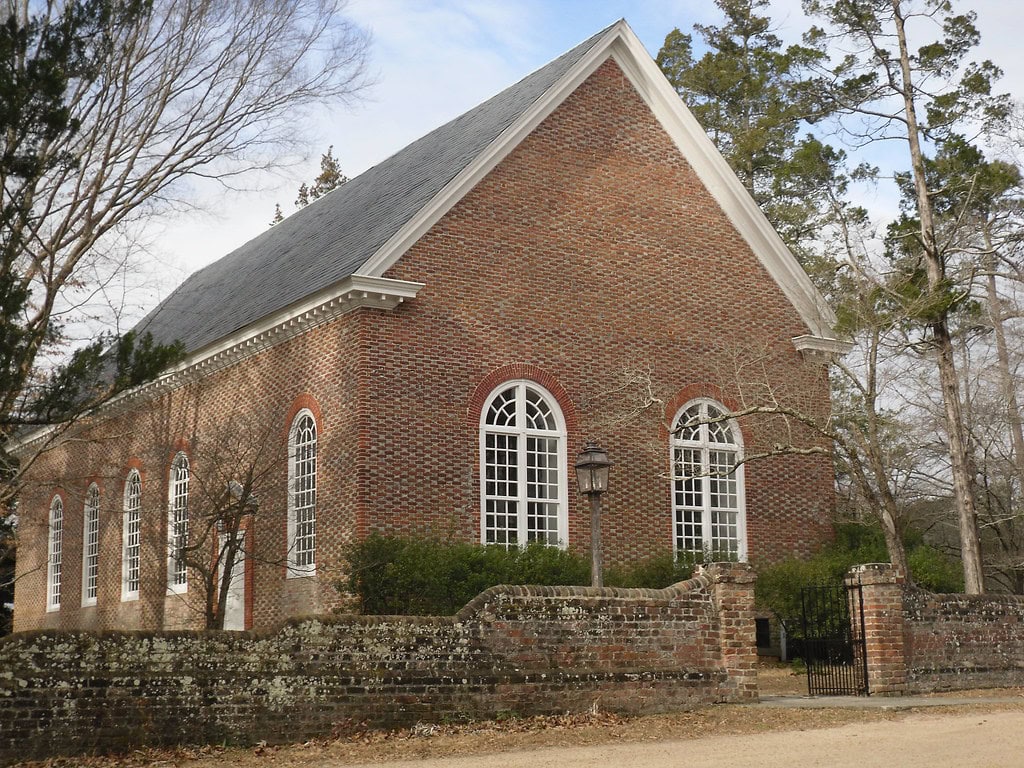
Brickwork, Blueprints, and Long-Term Holdings
The building that went up around 1715 still stands, and it wasn't built in a hurry.
Ware Episcopal Church was laid out in brick - a commodity and a craft - by masons who knew how to turn clay into capital.
The structure, which measured 80 feet long and 40 feet wide, followed a straightforward rectangular plan with a steeply pitched gable roof.
There are no towers or ornament-heavy trim, just a durable design meant to withstand hurricanes and hard seasons.
Every brick was laid in Flemish bond, a pattern alternating stretchers and headers.
This was labor-intensive and deliberate, the kind of work that aged well on Virginia soil.
The church features five windows on each side and a circular one above the west entrance.
Two large double windows face east toward the chancel. They aren't stained glass - they're plain, tall, and set deep in the walls, designed for ventilation and daylight, not decoration.
There are three entrances, each framed in gauged brick. That detail matters. It's rare for colonial churches in Virginia to retain their original doorways, especially in a symmetrical trio.
Most churches saw additions, removals, or redesigns over the centuries. Ware Episcopal Church didn't. The doors are original and still hanging.
Inside, the layout once reflected colonial hierarchy. A tall pulpit stood near the south door.
At the back, a gallery held the enslaved or indentured. Pews were assigned. Wealth bought better placement. Worship had a seating chart.
In the early 1700s, churches like Ware Episcopal Church weren't stand-alone sanctuaries.
They were part of a colonial network - linked to parishes like Abingdon and Petsworth, tied into trade routes, and maintained by levies on local plantations.
Occupation, Disrepair, and the Cost of Maintenance
The American Revolution didn't skip over Ware Episcopal Church. By the late 1770s, Continental Army infantry had camped on the church grounds.
Some reports describe soldiers quartering in the yard, and others suggest they used the interior when the weather turned.
The vestry left no formal complaint, but by 1780, the building needed repairs.
After the Revolution, the Church of England collapsed in Virginia. The new state stopped collecting religious taxes, and churches like Ware Episcopal Church lost their financial base.
By the early 1800s, Ware Church saw intermittent use. Methodists borrowed the space for services, and some vestry records indicate that itinerant preachers held revivals nearby.
In 1827, repairs began again. These weren't cosmetic touch-ups. The church had deteriorated - it had roof leaks, broken windows, and rotten timbers.
A partial restoration brought the building back into use, though without the same resources it once enjoyed.
Then came 1854. That year, the church formally reopened as an Episcopal parish, and new pews replaced the colonial ones.
Some records point to the whitewashing of interior walls and the removal of old box pews to modernize the space.
The Civil War broke what stability had returned. Federal troops camped on the grounds during the 1860s.
Locals recorded fences being taken down for firewood and livestock grazed in the yard. Following the national struggle, services resumed slowly, with limited attendance.
It wasn't until 1878 that a full-scale restoration took hold again.
By then, insurance companies were operating in the area. The vestry filed policies to cover the building against fire.
Local builders were hired - paid in cash and supplies - to refit windows, replace flooring, and repaint interior surfaces.
Church accounts from the 1880s show purchases from Gloucester merchants: hardware, nails, oil for lamps.
Ware Episcopal Church stayed up, but just barely. Maintenance had become a long game - repairs scheduled around harvests, fundraisers, and the rhythms of county life.
Preservation Deals, Landmark Listings, and the Registry Push
By the early 20th century, the Ware Episcopal Church was stable, but it didn't have formal protection.
That changed in 1972 when the Virginia Landmarks Register added the property under designation number 036-0048.
A few months later, in March 1973, the National Park Service followed suit, giving Ware Episcopal Church a federal listing on the National Register of Historic Places.
The listing recognized age, architectural details, survival through conflict, and the rare presence of original brickwork and entryways.
The nomination documents noted the three original entrances, double guillotine windows, and unbroken roofline - all factors that elevated the church's status in preservation circles.
During the registration process, local historical groups partnered with state preservation offices.
The paperwork required surveys, photographs, architectural sketches, and field inspections.
Representatives from the Virginia Department of Historic Resources walked the property and logged condition reports.
During this same decade, volunteer groups pushed for basic exterior maintenance.
A contractor from Williamsburg performed roofing repairs, while an electrical supply house in Newport News provided new lighting.
Recognition on state and national registers helped with funding access, though the parish still depended heavily on donations.
In 1981, a new heating system was installed. The equipment came from a distributor in Gloucester and replaced wood stoves used sporadically since the 19th century.
That same year, the vestry reviewed proposals for signage to mark its historic status - eventually ordering a cast-iron plaque from a manufacturer in Lynchburg.
By 1990, Ware Episcopal Church had joined a network of preserved colonial churches in the Chesapeake Bay region.
The registry listing became another tool for managing repairs, raising visibility, and negotiating long-term upkeep.
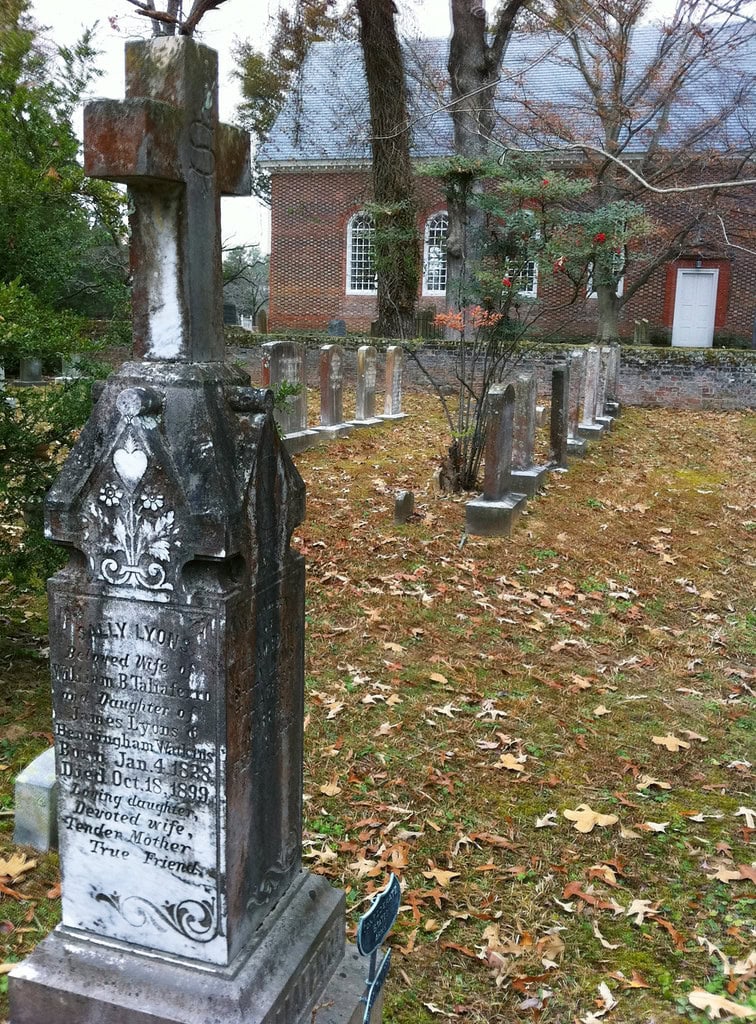
Produce, Paint, and Pastoral Care - Ware Episcopal Church at Work in the Community
Just off Route 14, past the brick walls and old grave markers, Ware Episcopal Church runs something more than a Sunday schedule.
Across its grounds and halls, a week's rhythm includes vegetables for food pantries, support groups, fresh water, stitched robes, and school art hanging from trees.
These aren't side projects - they're how the church moves through Gloucester.
The garden came first. In 2019, volunteers cleared space behind the Parish House for four raised beds. Now, there are twelve, plus nearly 1,600 square feet of in-ground rows.
Everything harvested - more than 1,000 pounds each year - goes straight to Bread for Life, a local pantry.
There's no storefront, no signage. But on weekday mornings, you'll find hands in the soil, clipboards tracking totals, and rows of squash or peppers waiting for delivery.
Spring brings a different kind of work. In April, the ArtWalk spreads out across the lawn, lined with student art from Gloucester County elementary schools.
Teachers help hang it, and parents take pictures. A fire truck is used for climbing, scout troops set up demos, and beekeepers explain what's buzzing in the trees.
Master Gardeners answer questions. Kids run between stations. The church offers the space, but the town fills it.
From May through October, the Gloucester Farmers Market runs on the second Saturday of each month.
Local farmers, crafters, and food vendors set up near the church's front lawn.
They sell jams, baked goods, handwoven towels - whatever they've brought. Some are first-timers; others have been coming for years.
The location draws weekend visitors, and parking is rarely a problem.
Inside, quieter work continues. Every week, ComfortWare volunteers sew and prep robes for cancer patients at Riverside, Walter Reed.
They stitch from pre-cut patterns, package each robe, and pray over the bundles before delivery.
The robes aren't mass-produced - they're handmade, one by one.
The church well still runs, fifty years and counting. People stop by with empty jugs and leave with gallons. They don't need to sign in or ask.
Ware is also part of the Jubilee Churches of Gloucester, which partners to support housing access and local nonprofits.
The coalition lobbies, raises funds, and sometimes just helps people stay where they are.
All of this happens weekly, monthly, and seasonally. No single program defines the work. But together, they stretch across the churchyard like roots - quiet, consistent, and holding.
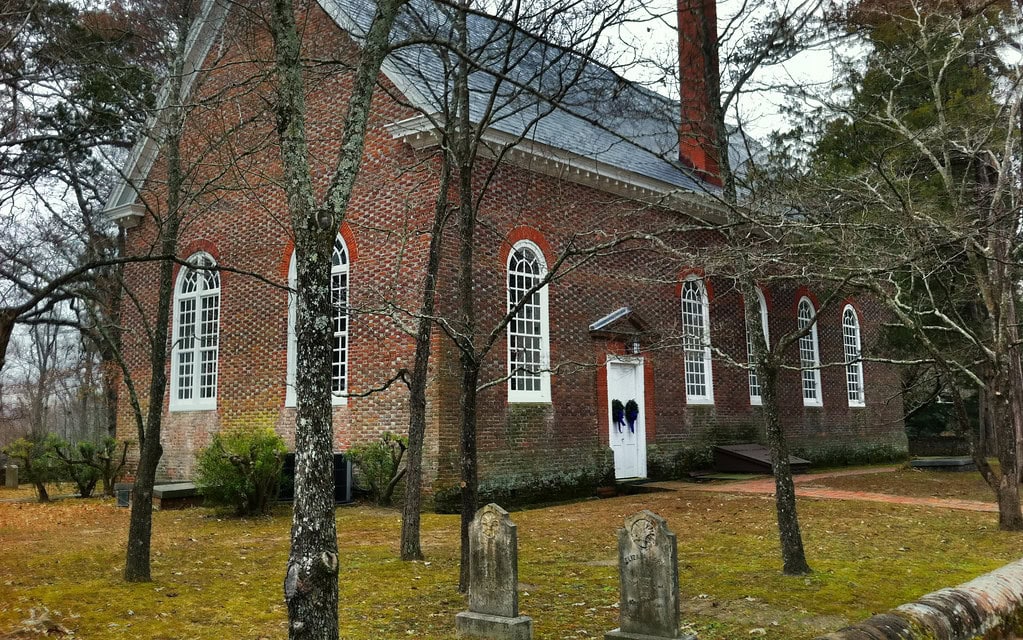


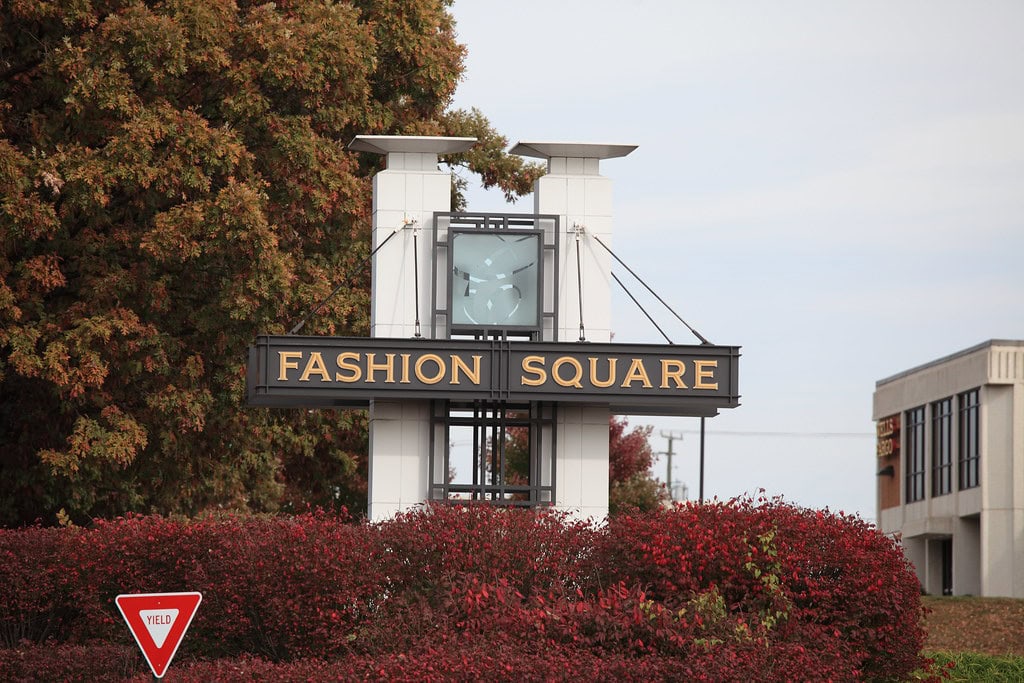
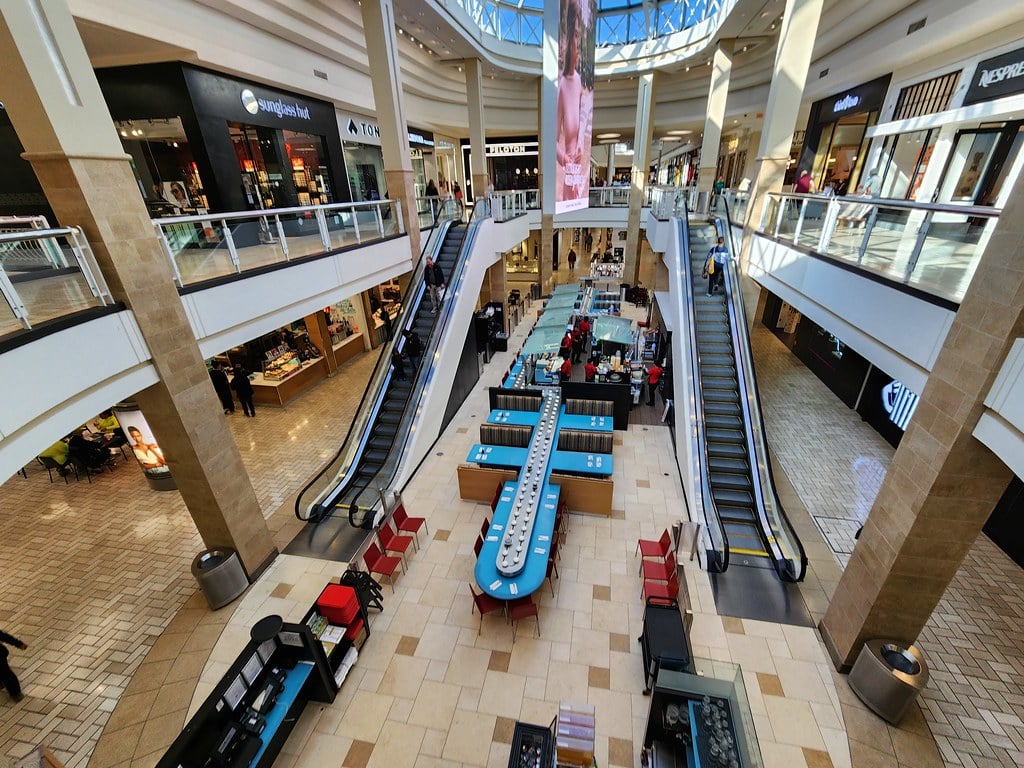
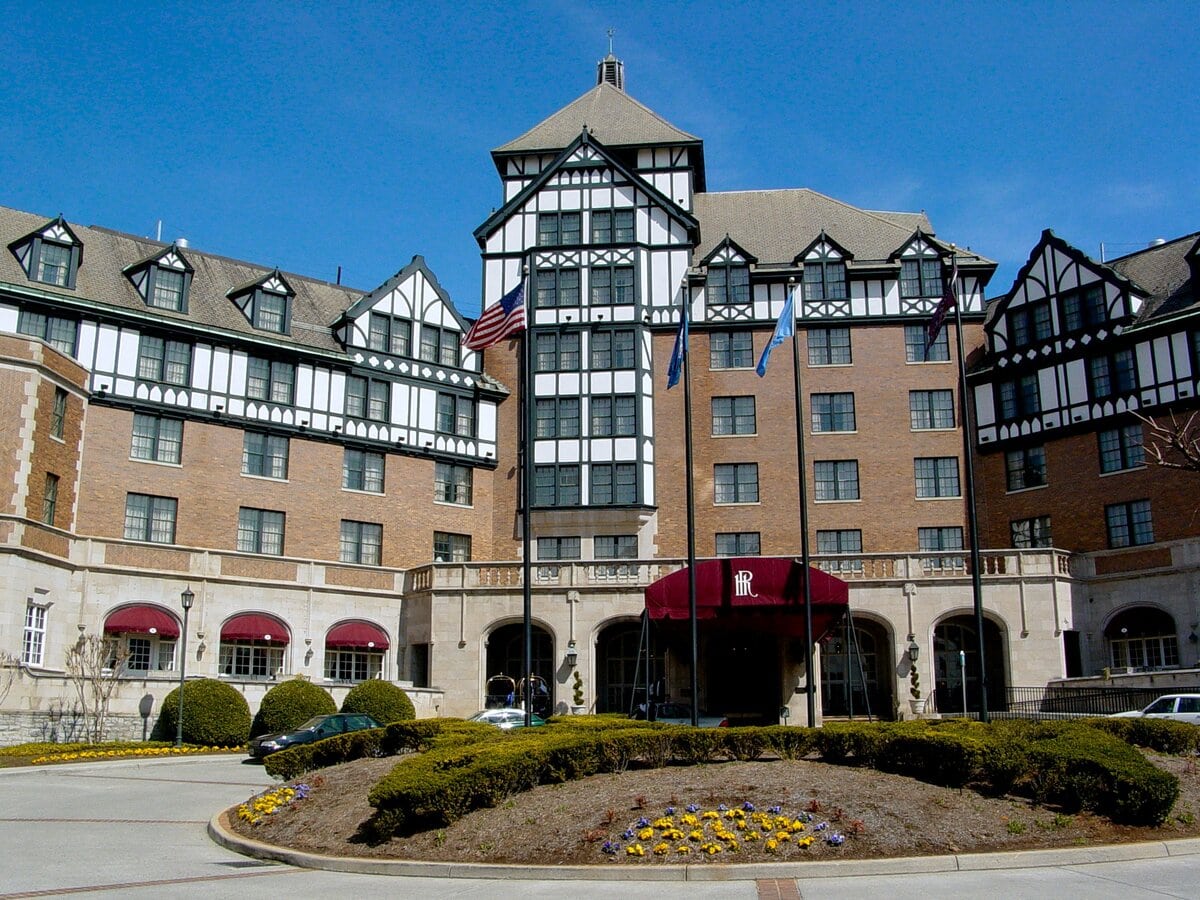
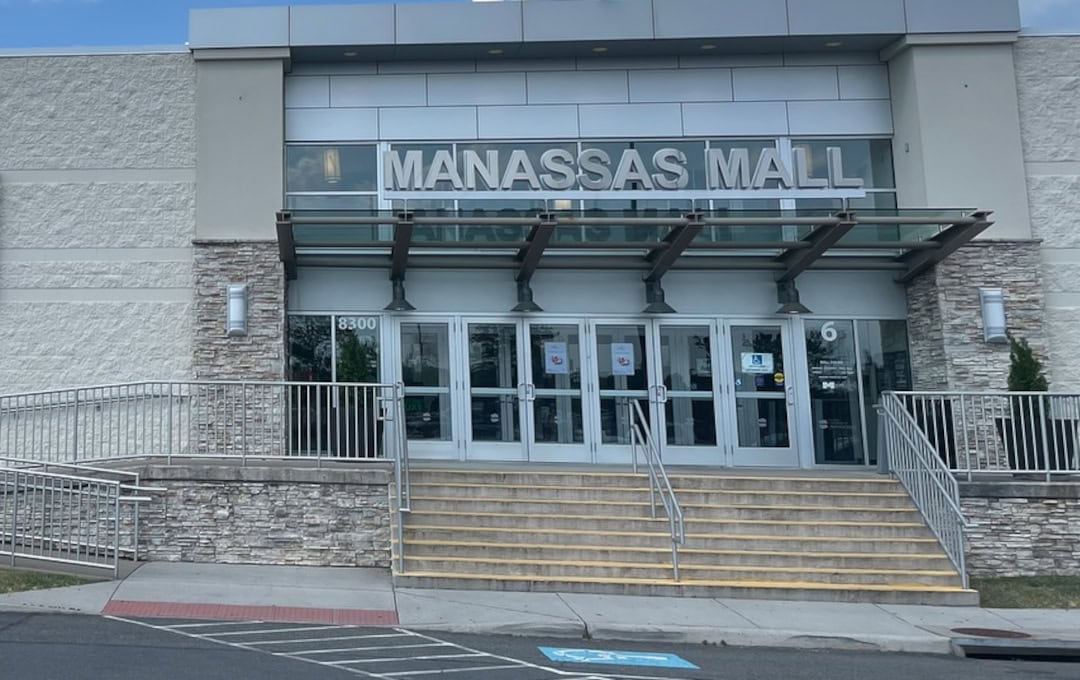
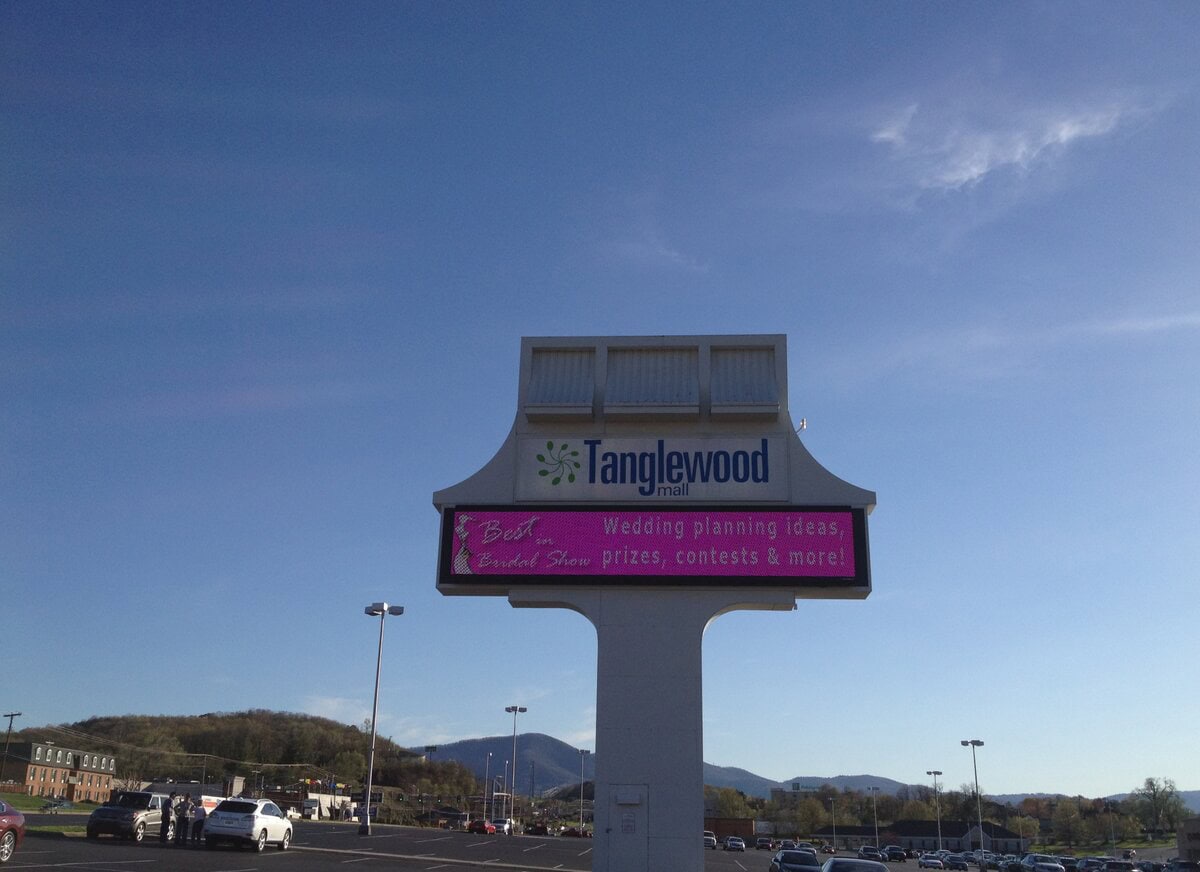
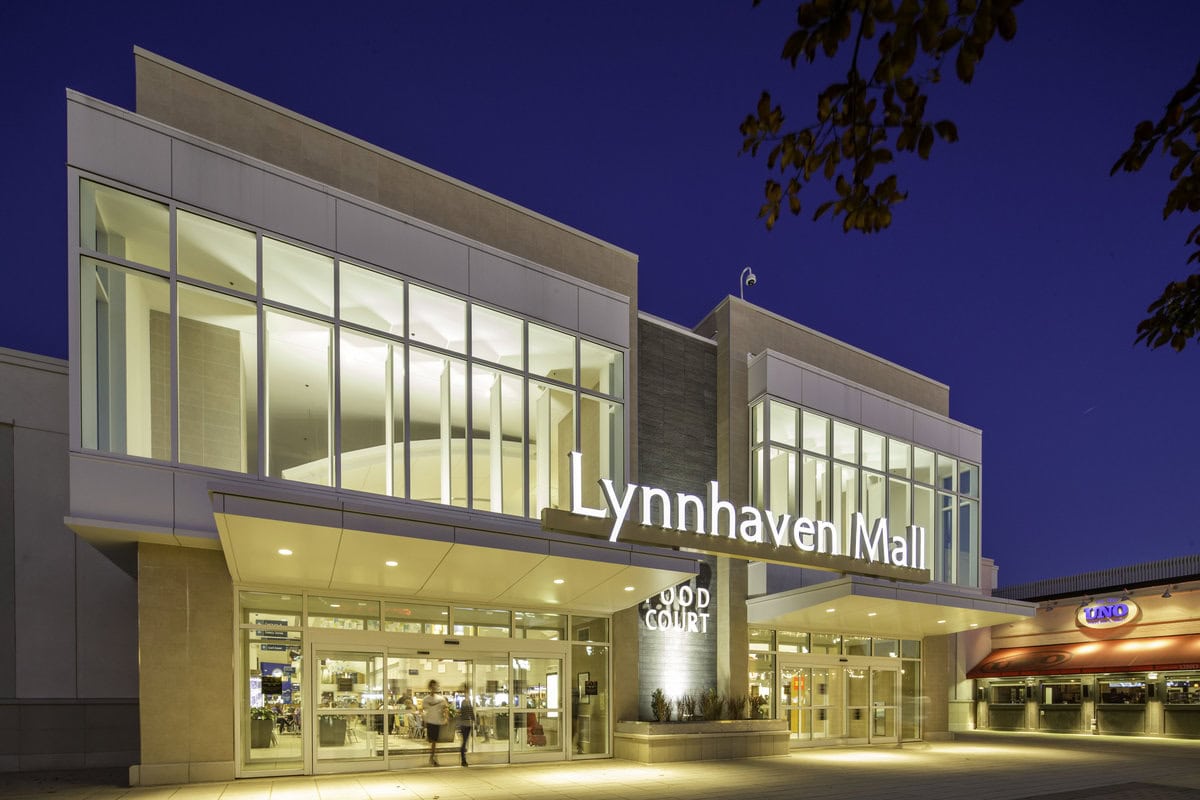
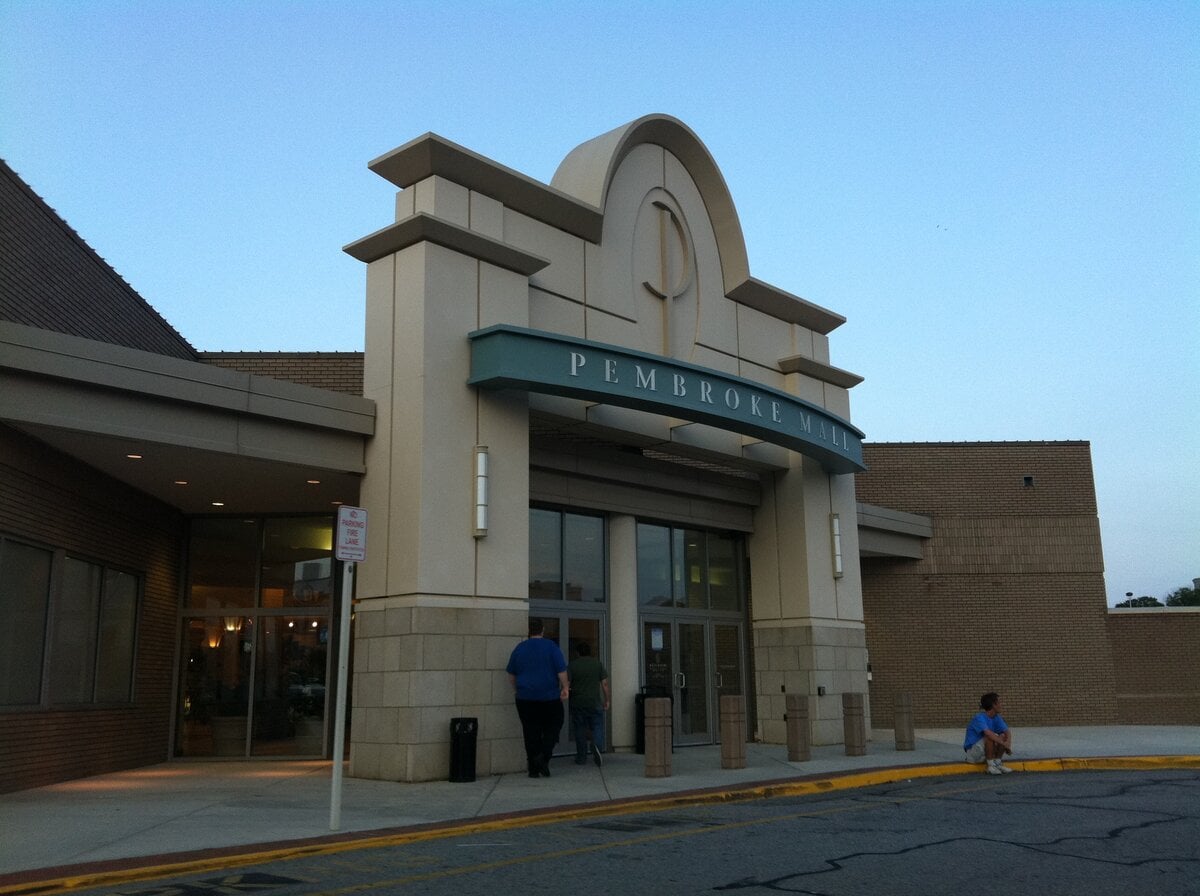
Great article. We moved here three years ago and joined to sing in the Ware choir. Great church, great people.
Thanks for sharing that. The article tried to reflect what makes the church feel lived-in, and it's clear from your comment that those impressions were accurate.